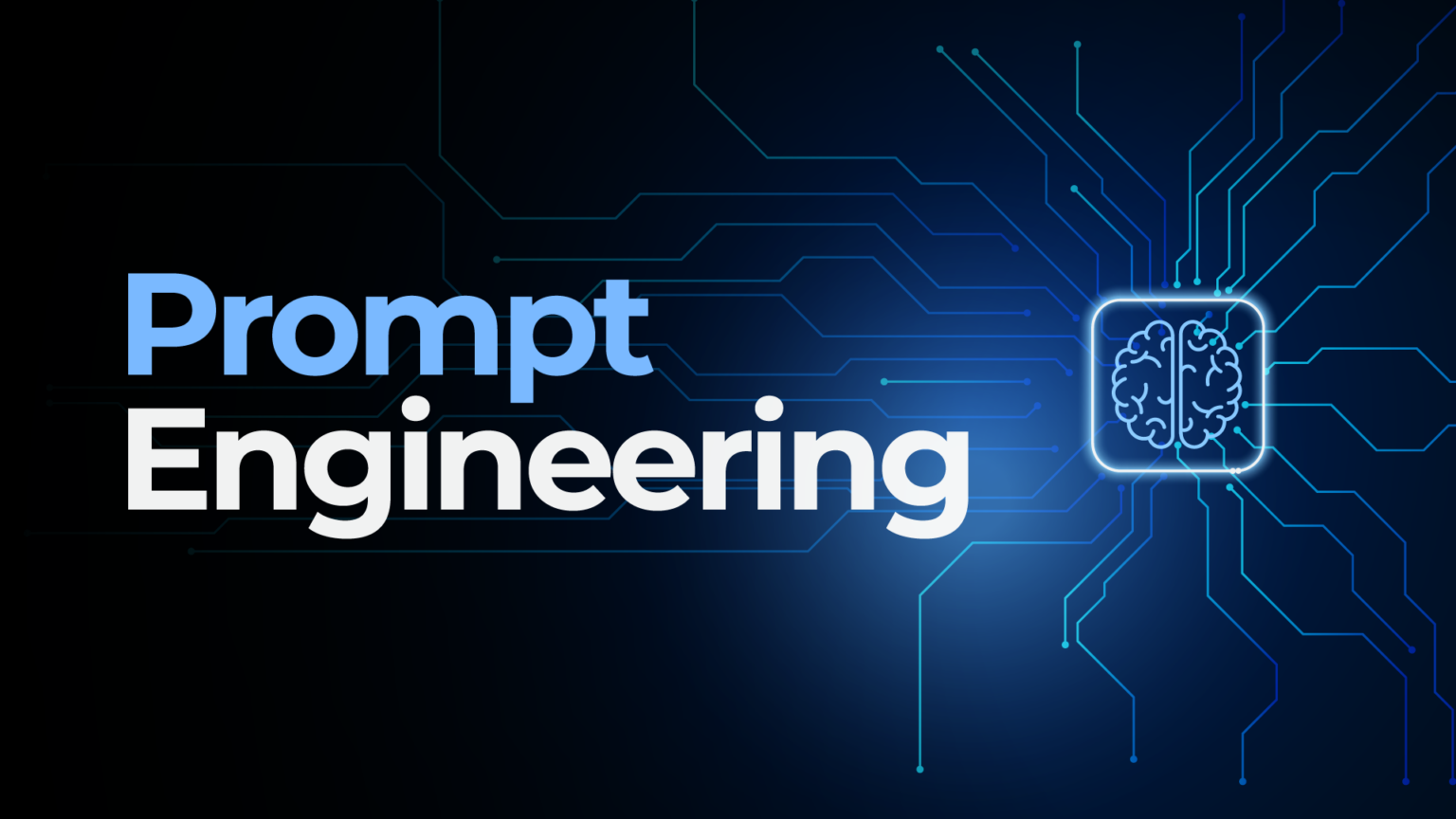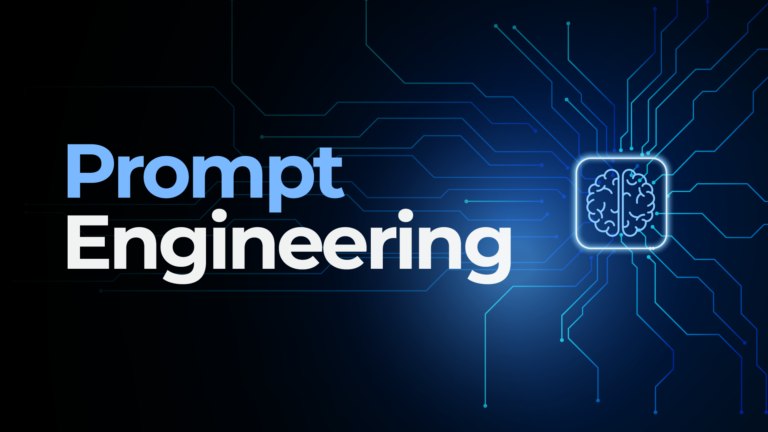Ready to take your content creation to the next level? When it comes to AI-powered content generation, it’s no secret that well-designed prompts have a major impact on the output quality of AI tools. AI prompt engineering–the art of crafting effective AI prompts–empowers you to harness the true potential of these powerful tools, generating content that is not only accurate and creative but tailored to your specific needs. Prompt engineering also offers many benefits in terms of enhancing AI performance. It helps address common challenges such as bias, factual accuracy, and coherence in AI-generated content. By using appropriate prompts, you can mitigate these issues and ensure more reliable outputs.
If all this sounds good to you then read on, ‘cuz we about to dive into the principles, techniques, and applications of effective prompt engineering.

Principles of effective AI prompt engineering
When it comes to AI prompt engineering, there are 3 key principles that can help guide the design process and optimise generative AI output. These principles focus on achieving clarity, consistency, and versatility in prompts. Let’s take a closer look at each principle:
Prompt engineering principle 1: Be clear and specific
To effectively guide an AI’s output, prompts need to be clear and precise. By providing specific instructions or queries, you can ensure that the AI understands your desired output. For example, instead of using a vague prompt like ‘Write a story about a dog,’ a more specific prompt would be ‘Write a short story about a mischievous golden retriever named Max who gets into trouble at the park.’
Prompt engineering principle 2: Reinforce important information
Repetition in prompts help reinforce desired attributes or constraints, leading to more consistent output from AI tools. By restating important information or constraints throughout the prompt, you can guide the AI’s behaviour. For instance, if you want an AI to generate positive movie reviews, you can include phrases like ‘Remember to focus on positive aspects’ or ‘Highlight the strengths of the movie’ in the prompt.
Prompt engineering principle 3: Design versatile prompts
Finally, creating prompts that work well across different tasks or domains is important for maximising the value of prompt engineering. Versatile prompts allow AIs to adapt to various contexts and generate relevant responses. For example, a prompt like ‘Describe your favourite vacation destination’ can be easily modified for different scenarios such as ‘Describe your favourite restaurant’ or ‘Describe your dream house.’
By following these principles, you can enhance the effectiveness of your prompts and improve the performance of your generative AI tools.
Techniques for effective AI prompt engineering
Now that you’re familiar with the key principles behind prompt engineering, it’s time to kick things up a notch by looking at some specific techniques you can use to really take your AI-driven content generation to the next level!
N-shot prompting
This technique involves providing an AI with multiple examples (known as n-shots) related to the desired output. By exposing the AI to a variety of examples, it can learn to generalise patterns and generate more accurate responses. For example, to improve the AI’s ability to write product descriptions, provide it with several examples of product descriptions for similar products.
Generated knowledge prompting
With this technique, the AI is prompted to generate new knowledge or facts based on existing information. This encourages the AI to go beyond its pre-trained knowledge and generate creative and informative responses. For instance, to gain a comprehensive understanding of a topic, say ‘The Impact of Artificial Intelligence across Diverse Industries’, prompt the AI to synthesise information from a range of sources like research papers, industry reports, and expert opinions.
Chain-of-thought prompting (CoT)
CoT prompts enable AIs to maintain coherence and logical flow in their responses by asking them to continue a given chain of thought. This technique helps ensure that generated content remains consistent and follows a logical progression. CoT prompts are particularly useful in storytelling or dialogue-generation tasks. For example, to generate a story, prompt the AI to first describe the setting, then introduce the characters, and finally outline the plot.
Self-consistency prompting
Self-consistency prompts involve validating the consistency of generated responses with respect to previously generated text from the same AI. By checking for self-consistency, prompt engineering can help reduce inconsistencies or contradictions in the output. For example, when creating a character dialogue, ensure that the AI maintains the character’s voice, personality, and motivations throughout the conversation. This consistency helps enhance the realism and coherence of the generated text.
These prompt engineering techniques offer flexibility and control over the behaviour of generative AI tools, allowing us to fine-tune outputs according to their specific requirements. The choice of technique depends on the specific goals and constraints of the task at hand. As such, experimentation and iteration are key to determining which technique works best for a given scenario. By leveraging these techniques effectively, we can guide AI models towards generating more accurate, coherent, and contextually appropriate responses.
Conclusion

Equipping yourself with the know-how of prompt engineering transforms you into an AI whisperer, capable of conversing with these powerful tools and coaxing forth exceptional results.
By following the golden rules of clarity, consistency, and versatility, and using prompt engineering techniques like N-shot prompting, generated knowledge prompting, chain-of-thought prompting, and self-consistency prompting, you can transform your AI tools into content-generating superstars.
So, whether you’re a seasoned AI veteran or just starting out, embracing the power of prompt engineering will enable you to unleash the boundless possibilities of generative AI. Try it and be amazed by the stories, poems, code, images, and more your AI tools can conjure up. We dare you 😉





